Imagine being trapped in a block of ice, your heart stopped cold, your body as stiff as glass, and yet knowing you will wake up alive come spring. It sounds like an impossible feat—something out of a magical tale. But in the wild heart of winter, certain frogs do just that: they survive being frozen solid. These tiny amphibians defy the very limits of what we believe life can withstand, enduring conditions that would be deadly for nearly any other creature. Their story is not just a marvel of nature, but a testament to the often-overlooked miracles unfolding in our own backyards. If you’ve ever wondered how animals can face the harshest climates and live to see another day, prepare to be amazed by the scientific wizardry at work inside these remarkable little survivors.
The Astonishing Frost-Defying Frogs
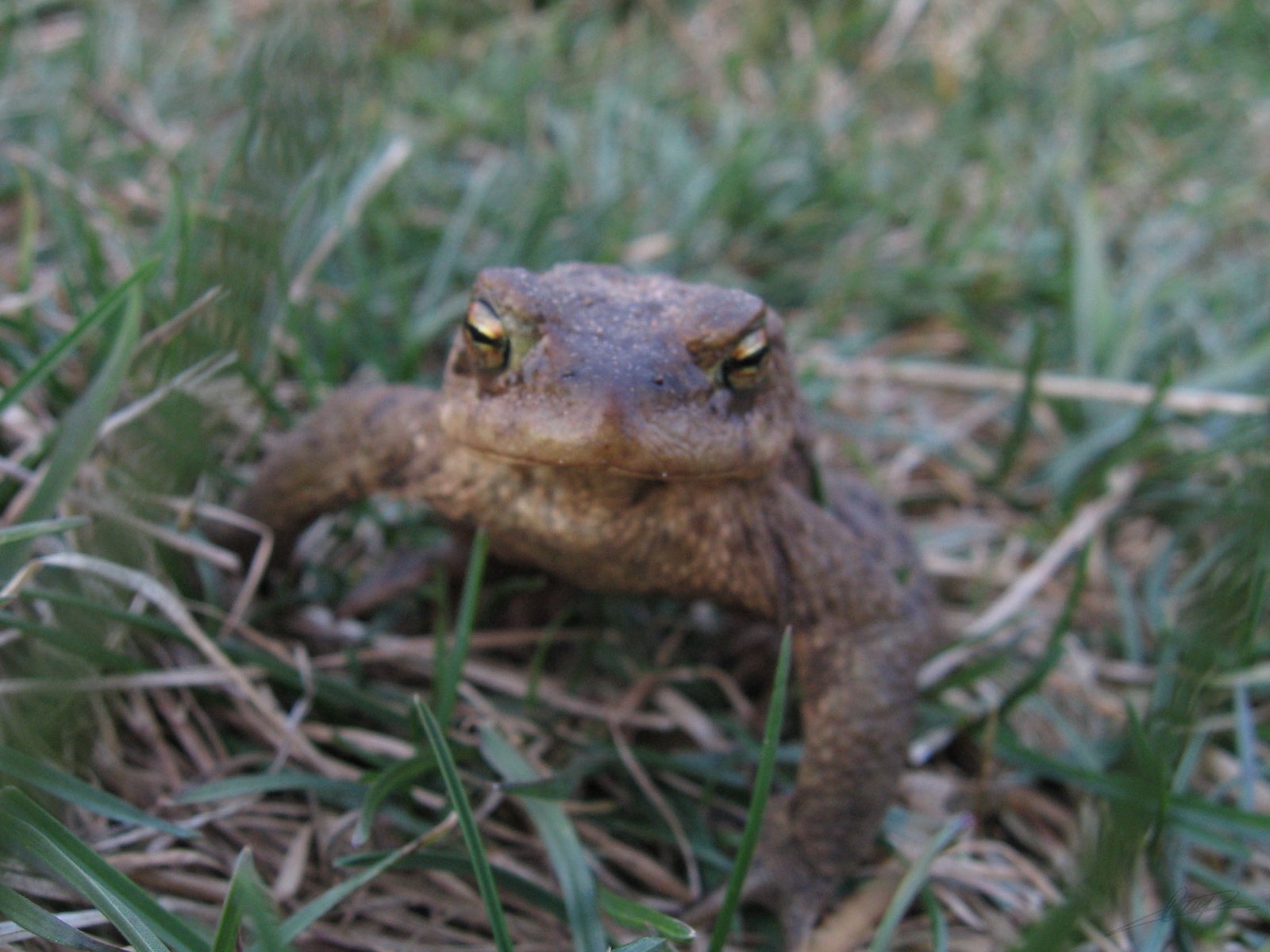
Frogs like the wood frog and a few other hardy species have developed an extraordinary adaptation: they can survive being frozen in winter, sometimes for weeks or even months. Unlike most animals that flee or hibernate to escape the cold, these frogs remain in place as the temperature drops, allowing ice to form both outside and inside their bodies. Their skin turns rigid, their eyes glaze over, and their muscles freeze. To the untrained eye, the frog appears dead, but beneath the surface, a hidden battle for survival is raging.
Where Do These Super Frogs Live?
These freeze-tolerant frogs are found in some of the coldest parts of North America, from Alaska and Canada down through the northern United States. The wood frog, for example, is famous for its resilience and widespread range, even inhabiting the Arctic tundra where winter temperatures can plunge far below freezing. Their unique adaptation allows them to colonize areas where other amphibians simply cannot survive, making them a vital part of their ecosystems. These regions are often blanketed in snow for months, so the frogs’ ability to survive freezing gives them a distinct advantage.
The Science Behind Freezing Survival
When temperatures dip below zero, these frogs initiate a series of incredible physiological changes. Their liver begins converting stored glycogen into glucose, flooding their bloodstream with sugar. This surge of glucose acts like a natural antifreeze, preventing their cells from shrinking or bursting as ice crystals form in the spaces between them. As more ice accumulates, the frog’s breathing and heartbeat slow to a near standstill, sometimes stopping altogether. Yet their vital organs are shielded by this sugary armor, allowing them to endure what would otherwise be certain death.
Ice Inside and Out: How Much Really Freezes?
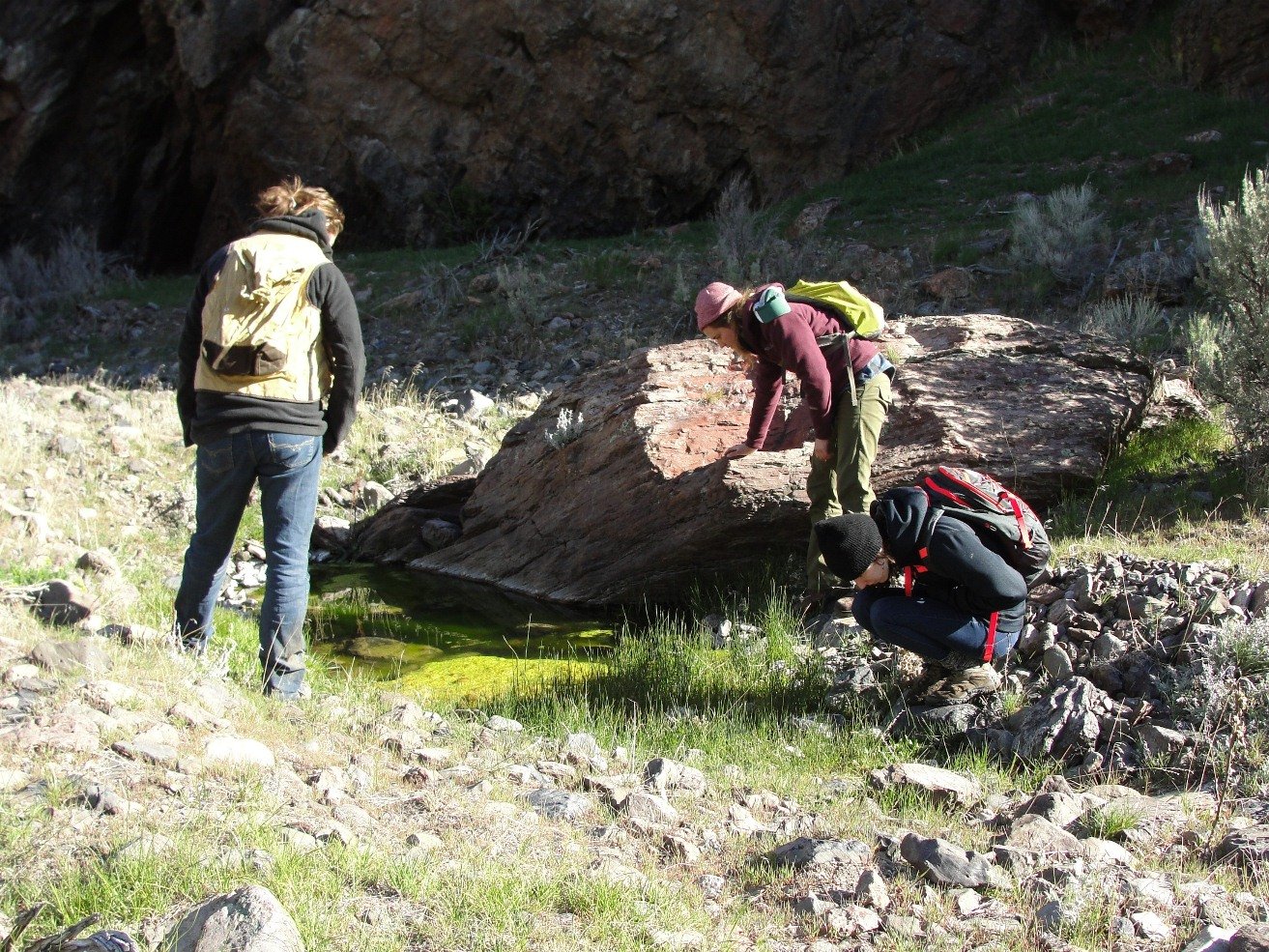
Contrary to what you might expect, up to 70% of the frog’s body water can turn to ice during winter. Ice crystals form in the tissues and even inside the body cavity, surrounding the organs in a frigid embrace. However, the frog’s cells themselves stay mostly unfrozen, protected by the concentrated glucose solution inside them. This delicate balance is essential—if too much water froze inside the cells, they would be destroyed. Instead, most of the ice forms outside the cells, creating a protective buffer.
Shutting Down: What Happens to the Frog’s Body?
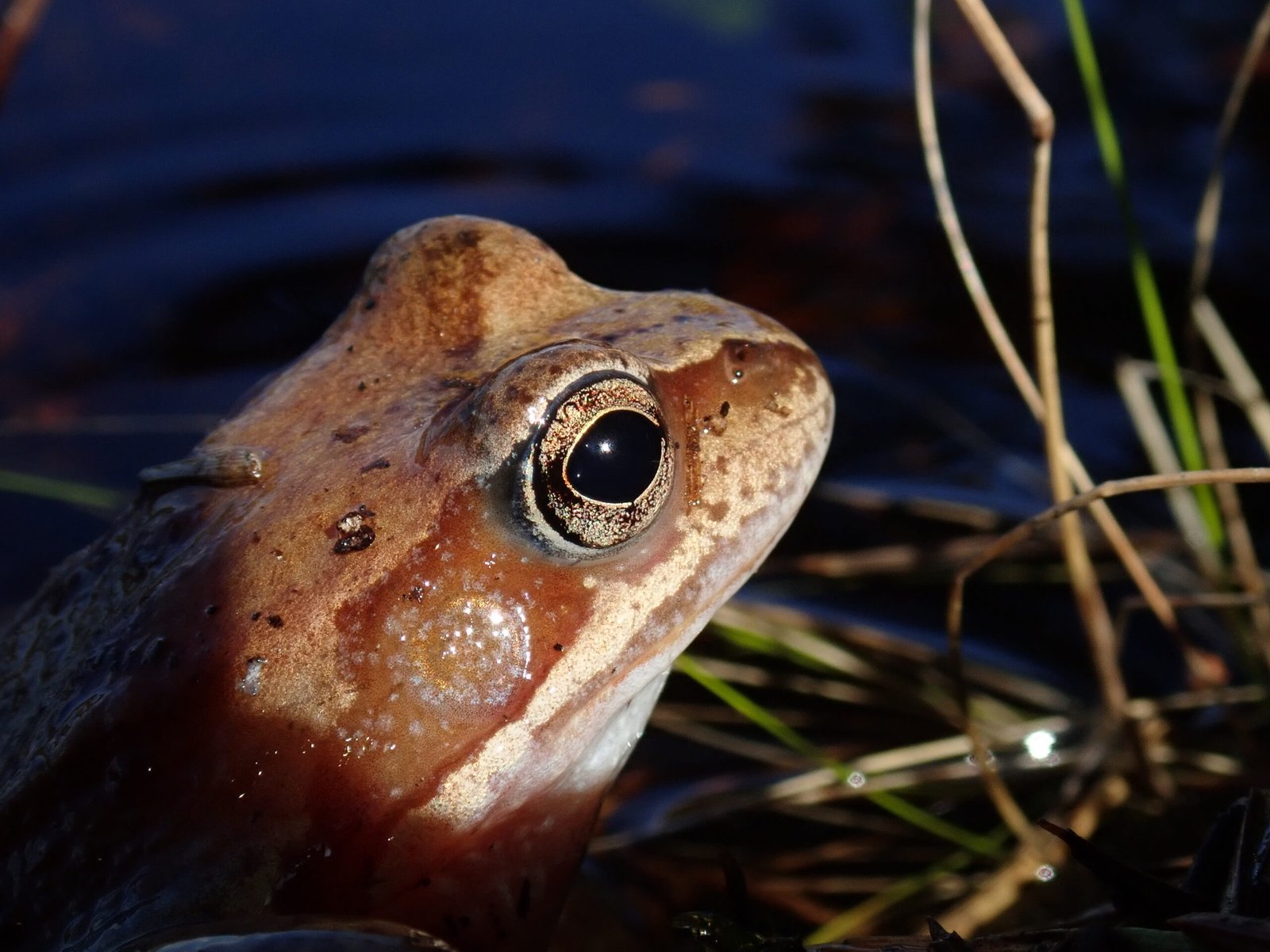
As the freezing process takes hold, the frog’s body enters a state of suspended animation. The heart stops beating, blood flow ceases, and breathing halts entirely. Despite this, the frog’s organs remain intact, shielded by the antifreeze effect of glucose. Metabolism drops to almost zero, conserving precious energy reserves. The frog appears lifeless, but its cells are quietly waiting for the warmth of spring to revive them. This state of suspended life is unlike anything humans experience, more closely resembling science fiction than reality.
The Role of Cryoprotectants
Cryoprotectants are the secret weapon in the frogs’ survival arsenal. In addition to glucose, some species produce urea, another compound that helps protect their cells from freezing damage. These substances work by lowering the freezing point of water inside the body and stabilizing cell structures. The combination of glucose and urea keeps the frogs’ cells from dehydrating and preserves their function through the long, frozen months. Without these natural cryoprotectants, the frogs’ tissues would suffer irreversible damage.
Waking Up After the Thaw
As temperatures rise and the ice begins to melt, the frogs come back to life in a process that seems almost miraculous. Their hearts restart, blood begins to flow, and muscles regain their flexibility. Within hours, the frog is hopping about as if nothing extraordinary had happened. It’s a moment of renewal, a testament to the resilience of life even after the harshest trials. This annual resurrection is crucial for the frogs’ survival, allowing them to emerge early in the spring when food and mating opportunities are at their peak.
Why Risk Freezing? The Evolutionary Advantage

You might wonder why these frogs risk freezing at all. The answer lies in survival and reproduction. By remaining active in early spring, freeze-tolerant frogs can breed and feed before most predators and competitors emerge from hibernation. Their ability to survive extreme cold opens up habitats that would otherwise be uninhabitable, giving them access to rich breeding ponds and a head start on the season. In this way, their unique adaptation is an evolutionary jackpot.
Lessons for Human Medicine
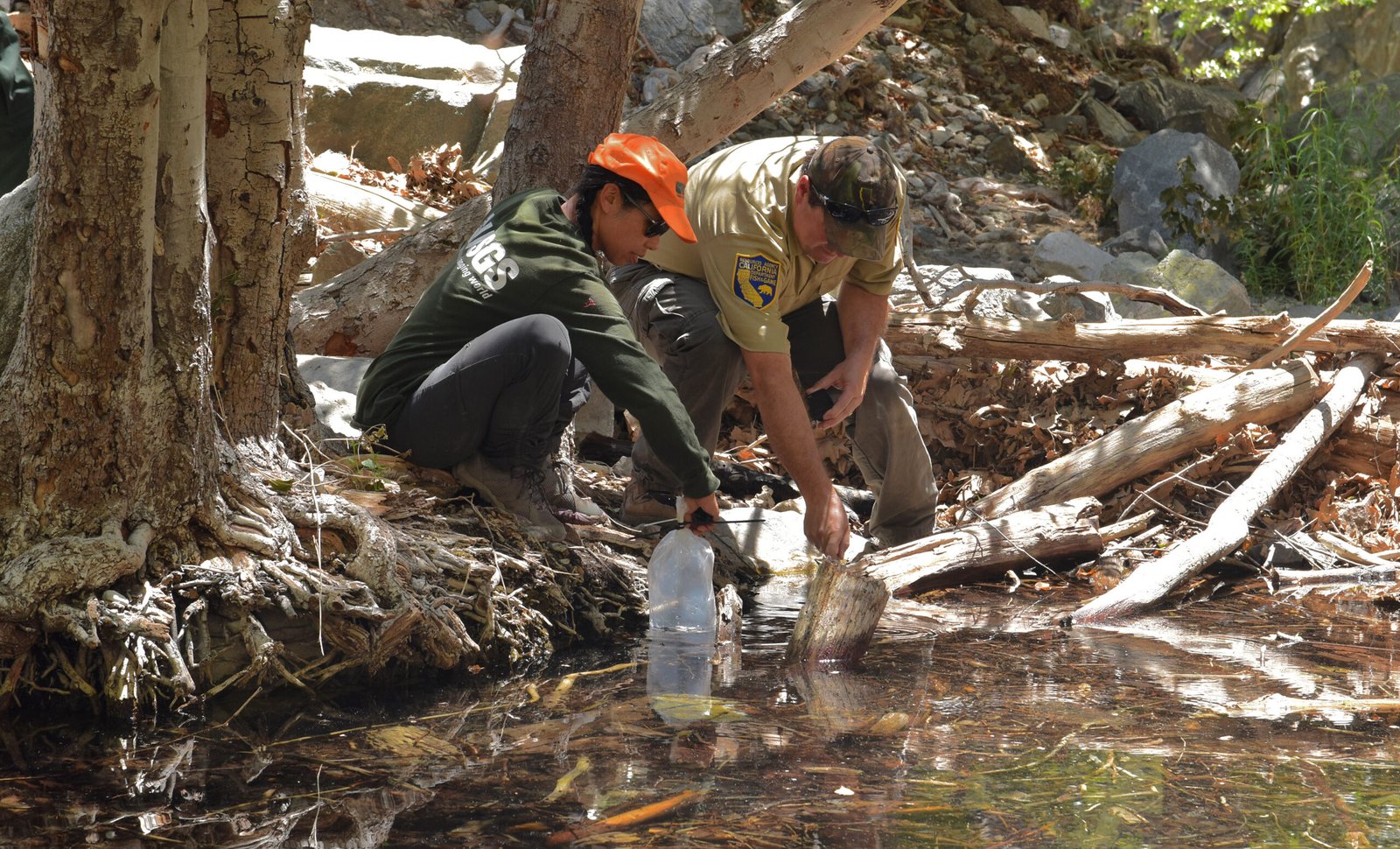
Scientists are fascinated by the frogs’ ability to survive freezing because it holds potential breakthroughs for human medicine. Understanding how these amphibians protect their cells during freezing could lead to advances in organ preservation, cryosurgery, and even long-term space travel. Imagine if doctors could store organs for transplant without damaging them, or if astronauts could be placed in suspended animation for long journeys. Nature’s frozen frogs may hold the key to unlocking these futuristic possibilities.
Not All Frogs Are Created Equal
It’s important to note that only a handful of frog species possess this remarkable superpower. Most frogs escape the cold by burrowing underground or seeking shelter in water that doesn’t freeze solid. The wood frog, spring peeper, and a few others have evolved this trait over thousands of years, making them the true ice warriors of the amphibian world. Their story is unique, a shining example of adaptation in the face of adversity.
A World of Hidden Wonders
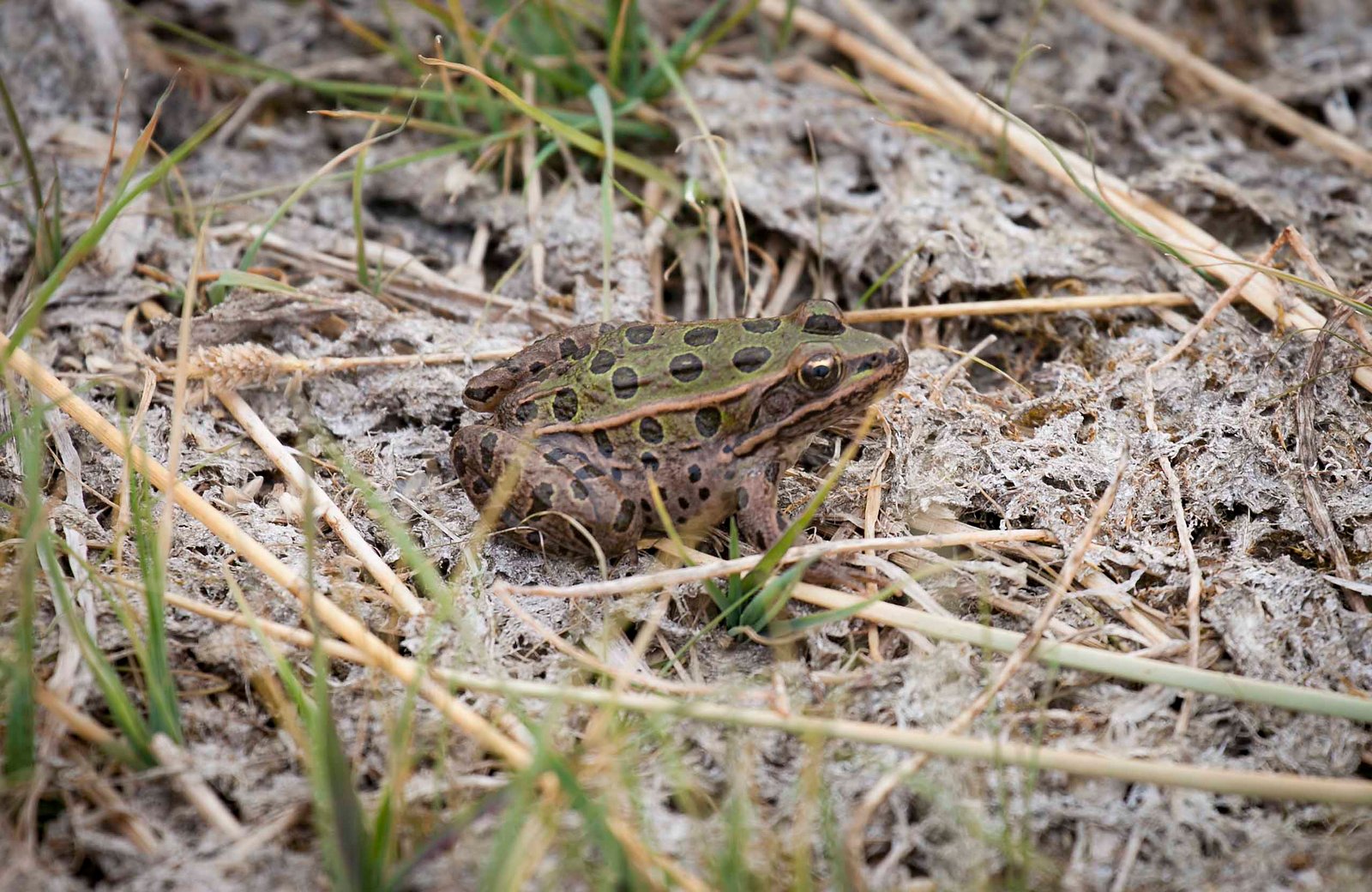
The tale of the frozen frog is just one example of the astonishing adaptability found in nature. Beneath our feet, in the quiet woods or the frozen bog, life finds a way to endure against all odds. These humble amphibians remind us that even the smallest creatures can harbor secrets that defy our expectations and ignite our curiosity. The next time you step outside on a frosty morning, remember the frogs sleeping in the ice, waiting patiently for the sun’s return.




